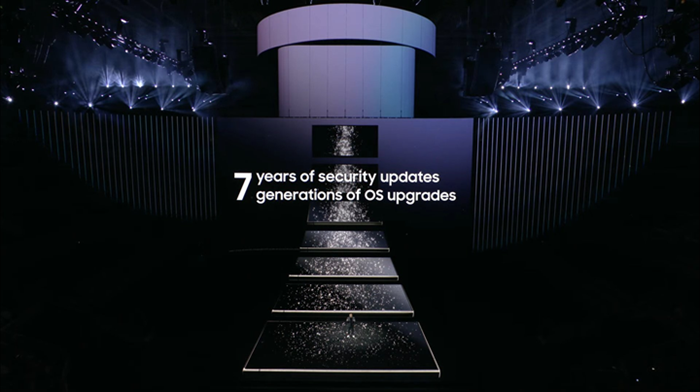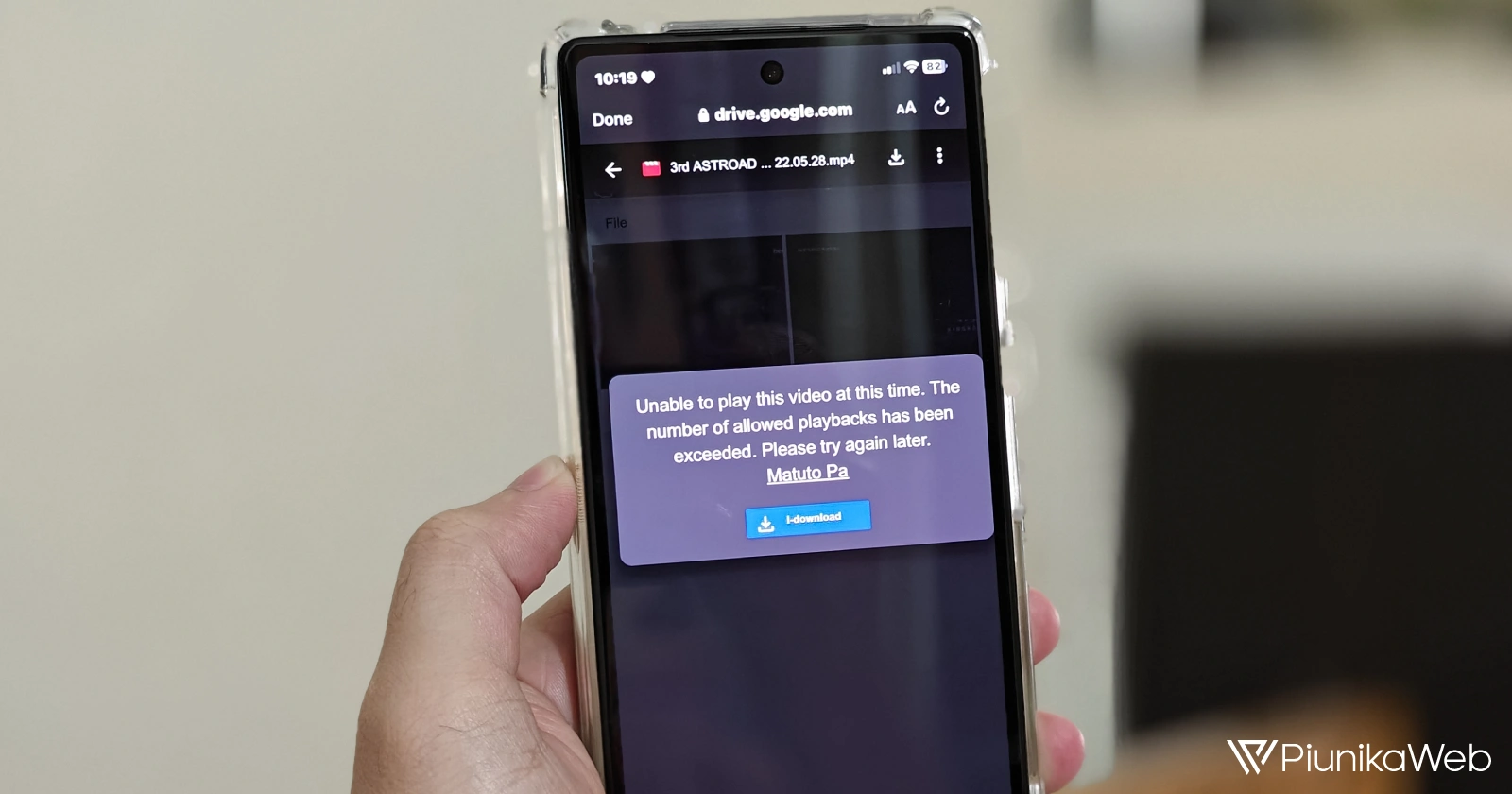OnePlus president Kinder Liu has fired a shot across the bow of Google and Samsung, questioning their recently announced 7-year software update policies for their flagship phones. In a statement made during an interview with Tom’s Guide that could be interpreted as a dig at their competitors, Liu argues that focusing solely on update length ignores the crucial factor of hardware longevity and overall user experience, something I fully agree with.
Liu asserts that OnePlus’ latest flagship, the OnePlus 12, will offer a different approach to software support, focusing on optimizing user experience rather than merely extending the duration of software updates. Both Google and Samsung recently announced groundbreaking software update policies, promising seven years of software support for their latest devices. However, Liu argues that the length of software support is not the sole determinant of a positive user experience. He emphasizes the importance of device fluency and performance over time, suggesting that extended software support may be futile if the hardware fails to deliver a seamless user experience.
“Simply offering longer software update policies completely misses the point,” Liu said, emphasizing that “it’s not just software updates that are important to the user, it’s the fluency of your phone’s user experience too.” He essentially suggests that extended software support is meaningless if the phone’s hardware can’t keep up, likening a phone to a sandwich where the bread (hardware) goes stale before the filling (software) expires.
![]()
Liu’s metaphorical comparison of a smartphone to a sandwich resonates deeply with his argument. While some manufacturers boast of offering “fresh” software updates for seven years, Liu contends that neglecting the user experience aspect — akin to having “moldy bread” — renders the extended software support irrelevant. This critique challenges the industry’s conventional wisdom, urging consumers to consider the holistic performance of their devices beyond the scope of software updates.
To substantiate OnePlus’ approach, Liu highlights the company’s rigorous testing procedures, including stress tests conducted in collaboration with TÜV SUD. These tests simulate years of device usage and enable OnePlus to ensure that its devices, such as the OnePlus 12, maintain their signature “fast and smooth” performance even after four years of use. Liu also draws attention to battery health, emphasizing that OnePlus prioritizes longevity and reliability in its devices.
Furthermore, while citing findings from Counterpoint Research indicating that Android users typically upgrade their smartphones within four years, the OnePlus boss suggests that Google and Samsung’s 7 years of software update policies may not align with consumer behavior. He implies that OnePlus’ strategy, which focuses on delivering optimal performance within the typical usage timeframe, resonates more closely with user expectations.
While Google and Samsung’s initiatives mark significant advancements in software support, Liu’s statements underscore the importance of striking a balance between software longevity and user experience. As smartphone users increasingly prioritize seamless performance and reliability, OnePlus’ emphasis on device fluency after years of use could influence industry standards and reshape consumer expectations regarding software update policies.

In light of Liu’s remarks, it will be intriguing to observe how consumers perceive the trade-offs between extended software support and sustained device performance, ultimately shaping the trajectory of future smartphone innovations.
But is Liu right?
While his concerns about hardware limitations and battery health are valid, it’s important to consider different perspectives. Offering longer updates allows users to keep their devices for longer, potentially reducing electronic waste and making phone ownership more sustainable. Additionally, some users might genuinely appreciate extended support, even if they upgrade before 7 years.
Furthermore, advancements in hardware and software optimization could make 7-year support more feasible in the future. It’s also worth noting that Google and Samsung haven’t explicitly stated their phones will maintain peak performance for the entire 7 years, suggesting they acknowledge potential hardware limitations. But ultimately, the “ideal” update length is subjective. While Liu raises valid points about user experience and hardware limitations, Google and Samsung’s approach offers different benefits, particularly for sustainability and user choice. The “right” answer likely depends on individual needs and priorities.
What do you think? Is 7 years of updates overkill, or do you appreciate the extended support offered by Google and Samsung? Share your thoughts in the comments below!


